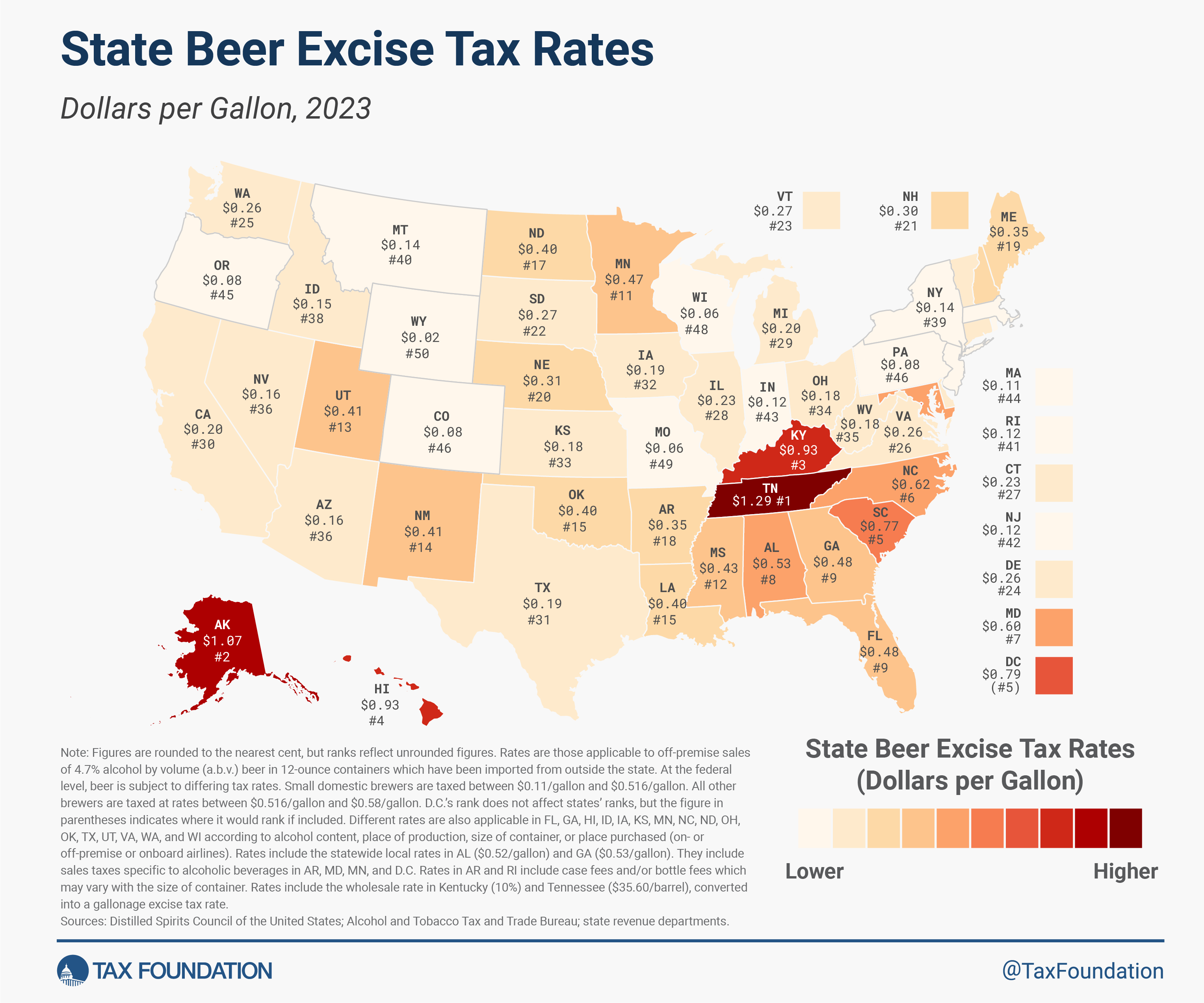The 529 Plan Hangover; Disposing of Unused Funds.
Modern day divorce brings us assets in many forms and many of them are “pregnant” with tax consequence when they are divided.
In almost all cases, couples who can’t agree on much do tend to acknowledge that money they have deposited in 529 Plans established to fund educational costs should be left alone for deployment in the days ahead when June and Junior go off to college. We should stop here to remind readers that unlike Uniform Gift to Minor Assets (now called Transfer to Minor Assets), money stuffed into Section 529 stockings is marital property and subject to division in divorce. There may be a small wrinkle in that last statement. What most people don’t realize is that when they open a 529 Account they often don’t pay attention to what state the plan is administered in. For example, Merrill Lynch’s NextGen 529 Plan is operated by the State of Maine and buried in the morass of disclosures is a warning that Maine may have some things to say about your NextGen Plan even if you and the children are living in Arizona.
So, assume you and the soon to be ex- agree that the money stays in the 529 Plan and your property agreement makes clear that the funds will be deployed by common consent to pay expenses that are protected by the IRS laws regulating your state administered 529.
But, the best laid plans are often altered, especially when teenage children are involved. Many times, the plans start with different balances. Thus, June has $15,000 in hers and Junior has $25,000 in his. Can you balance these funds either now or in the future? June has remarkable skills playing tennis and may get lucrative scholarship money to attend Duke. Meanwhile she likes Swarthmore where tennis scholarship money might buy a racket and a bevy of balls.
Junior is on a different path. He’s got the bigger account but he’s not certain whether he wants to attend culinary arts schools (also not cheap) or buy a zero turn mower and launch into landscaping. His test scores signal that he has the right stuff for college but he’s not liking what he sees when the family went to Raleigh-Durham or down the road to Swarthmore.
There are options here, but you can easily run afoul of Section 529’s prickly distribution rules. That means ordinary income tax rates plus a 10% penalty are applied to your distribution; marginal taxes up to 47% of the amount of the withdrawal. So, start with IRS Publication 970 issued in 2022 and turn to page 50. That’s your free advice but if your distribution or transfer is a healthy amount and handing Uncle Sam up to 47% of your distribution offends your sensibilities, consult a tax adviser for some guidance.
If the funds are not likely to be employed for qualified Section 529 expenses, consideration should be given to transferring accounts from one spouse to the other. Let’s assume Junior’s 529 has $50,000 on hand when his parent’s divorce. The account is denominated in his father’s name and father makes $300,000 a year. If Senior (father of Junior) distributes the $50,000 to himself because Junior isn’t going to use the money a lot of that distribution will be taxed at 35% + 10% penalty. A single year distribution of $100,000 leaves Senior with $55,000. Now let’s assume he assigns the $100,000 to his wife in the divorce and she takes the same $100,000 while not working or employed at $30,000 a year. Her marginal tax rate is closer to 12%. If you add the penalty of $10% it sums to 22%. Thus, if Father makes the distribution he nets $55,000. His former spouse can do the same transaction and keep $78,000, The same funds distributed net $23,000 more to Mother than Father.
The point of this is that money in a 529 account is a moving target in terms of tax consequence and that the prudent couple who are splitting, need to take a second look in any distribution scheme. That second look involves assessment of whether the money is properly allocated in terms of the needs of the kids who are intended beneficiaries and to make certain the money is properly managed once the divorce is concluded. Then there is the matter of how best to minimize the tax consequence attendant to any repatriation of 529 funds to the married couple who created the funds.
IRS Publication 570 deals with 529 plans and a variety of other education plans. A friendly version is here: but this is a fairly technical area where first impressions merit the blessing of a real tax adviser. The readers should also be aware that Congress likes to tinker with what 529 funds can be used for and the range of expenses eligible for payment without tax consequence is broader than it was a decade ago.






